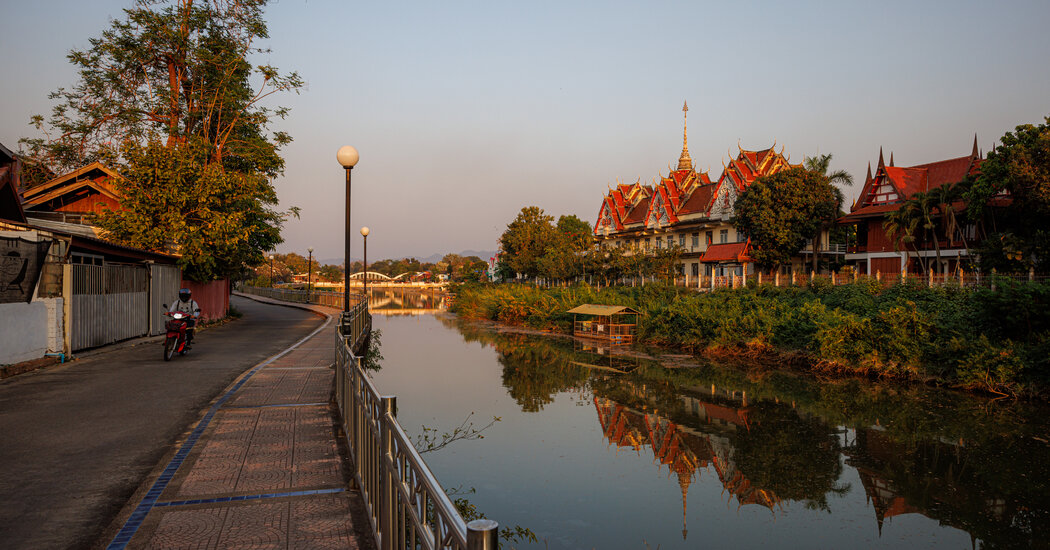Thailand is renowned among hard-charging tourists for nightlife in Bangkok, full moon parties on Koh Phangan island and hedonistic walking streets in Pattaya. It’s also a magnet for the bohemian and wellness crowds who flock to the mountain destinations of Chiang Mai and Pai.
But mostly ignored by foreign tourists is Lampang, in Northern Thailand. This utterly charming, riverside city of about 90,000 people has preserved the historic architecture and stately squares from its days as a major city in the ancient Lanna kingdom and a hub in the teak lumber trade. Wooden temples from centuries ago and two-story teak mansions from the late 1800s and early 1900s still stand, and alongside the Wang River, the streets in the Kat Kong Ta enclave are like an open-air museum of well-preserved Chinese shophouses and European gingerbread-style buildings.
All around town are extremely friendly residents, as well as statues and images of chickens — from manhole covers to traffic circles. Chickens are the symbol of Lampang, and appear on its ceramics, acclaimed across Thailand, that include bowls and cups hand-painted with black-and-red roosters.
The charm in Lampang comes not from amusements and attractions built for tourists, but in exploring integral parts of a functioning city. Shophouses have evolved into boutiques and cafes. Ceramics factory stores are ideal for gift shopping. Even the horse carriages that clip-clop around town carrying tourists were originally the main transit for train passengers after the station opened in 1916.
River views, khao soi and the power of Buddha
I first heard about Lampang in 2022, when my wife, Susan, and I moved to Chiang Mai and we met a doctor named Lawrence Nelson, a retired physician-researcher known as Doc with the National Institutes of Health in the United States. He recommended a visit and in early January, we finally started our five-day visit to Lampang in a spartan, four-car train from Chiang Mai (for less than $1 each) on a 2.5-hour ride into the forested valley nestling the city.
You can find dozens of suitable homestays and hotels for less than $50 a night, and few pricier than that. We lucked out with a spacious room at Kanecha’s Home, a homestay in the heart of town overlooking the Wang River and the white, dragon-backed Ratsada Phisek Bridge.
We rode bikes along the quiet lane next to the river, glossily reflecting the silver spires of a temple, in search of a signature dish of Northern Thailand, khao soi. We…
Click Here to Read the Full Original Article at NYT > Travel…
